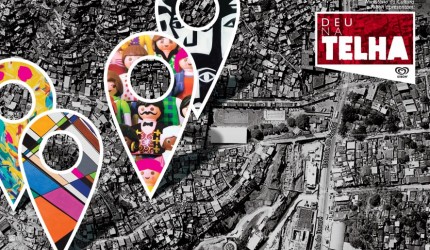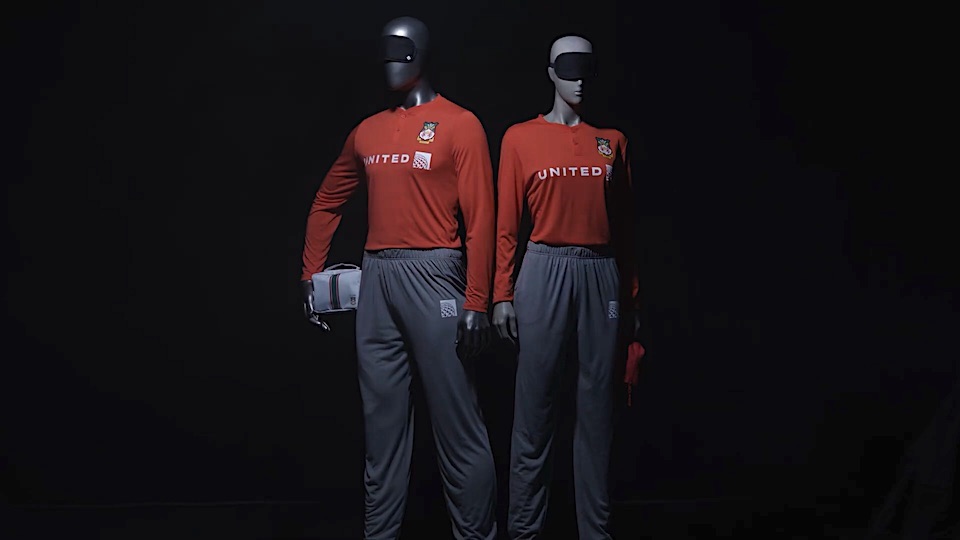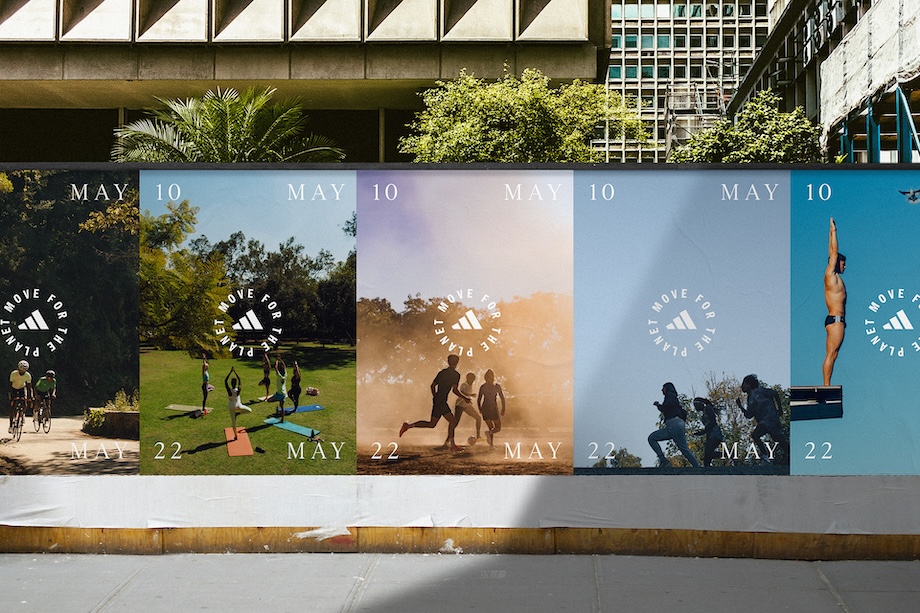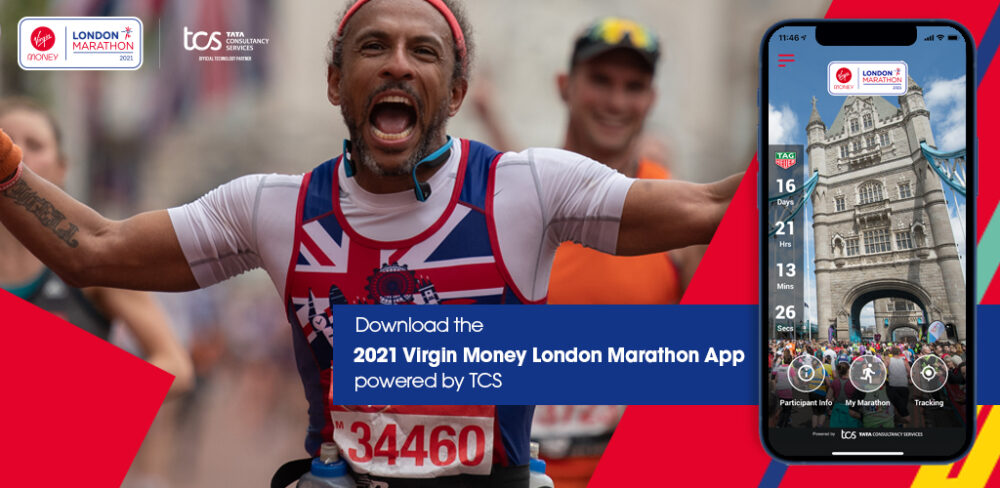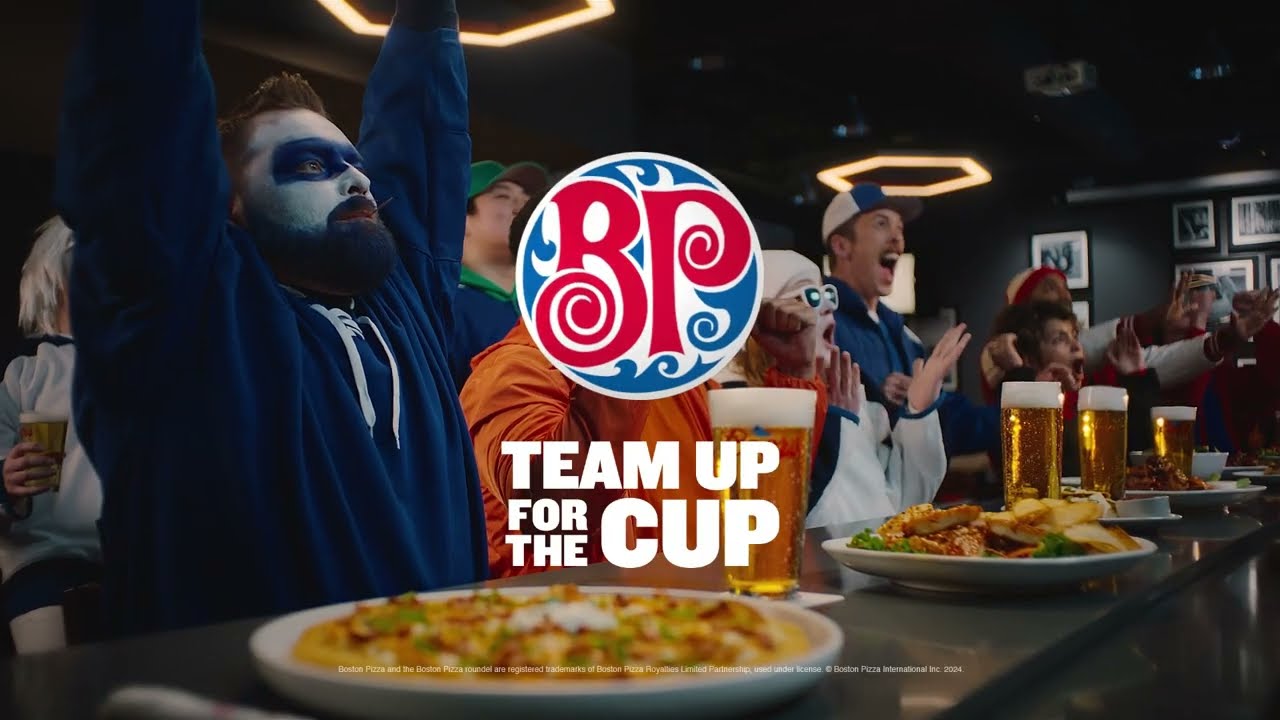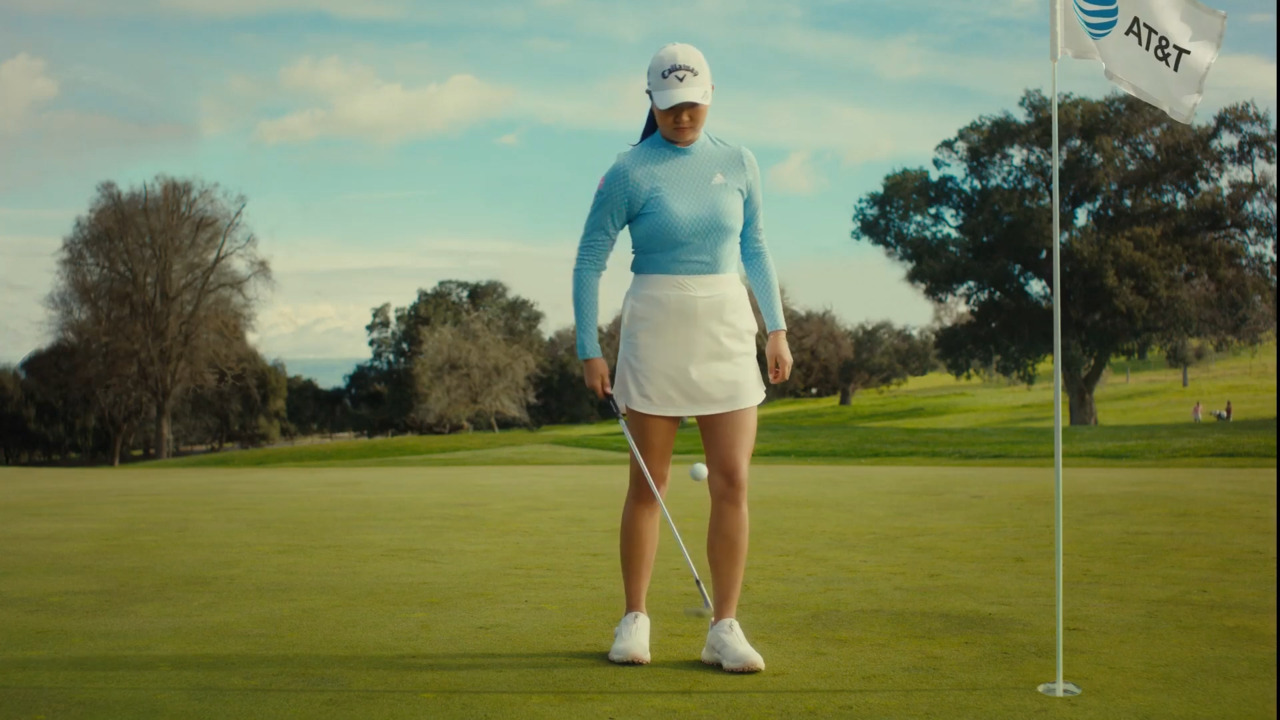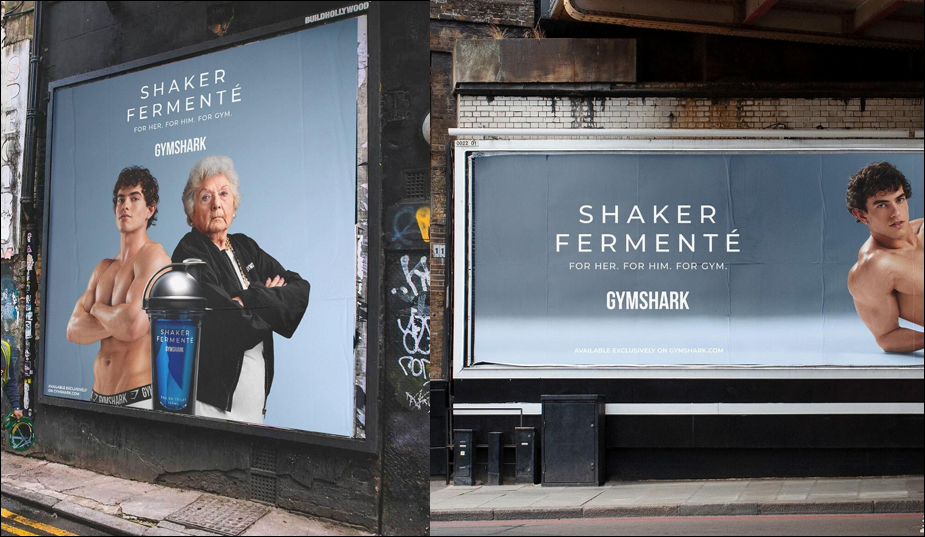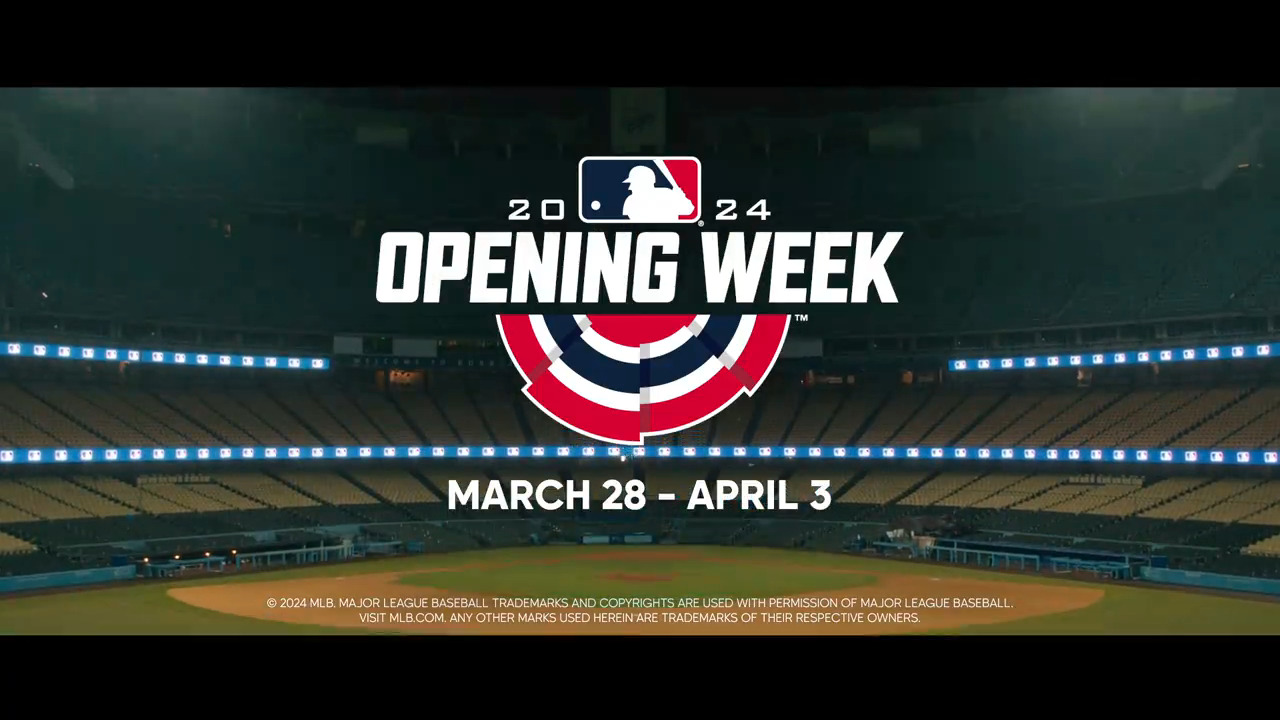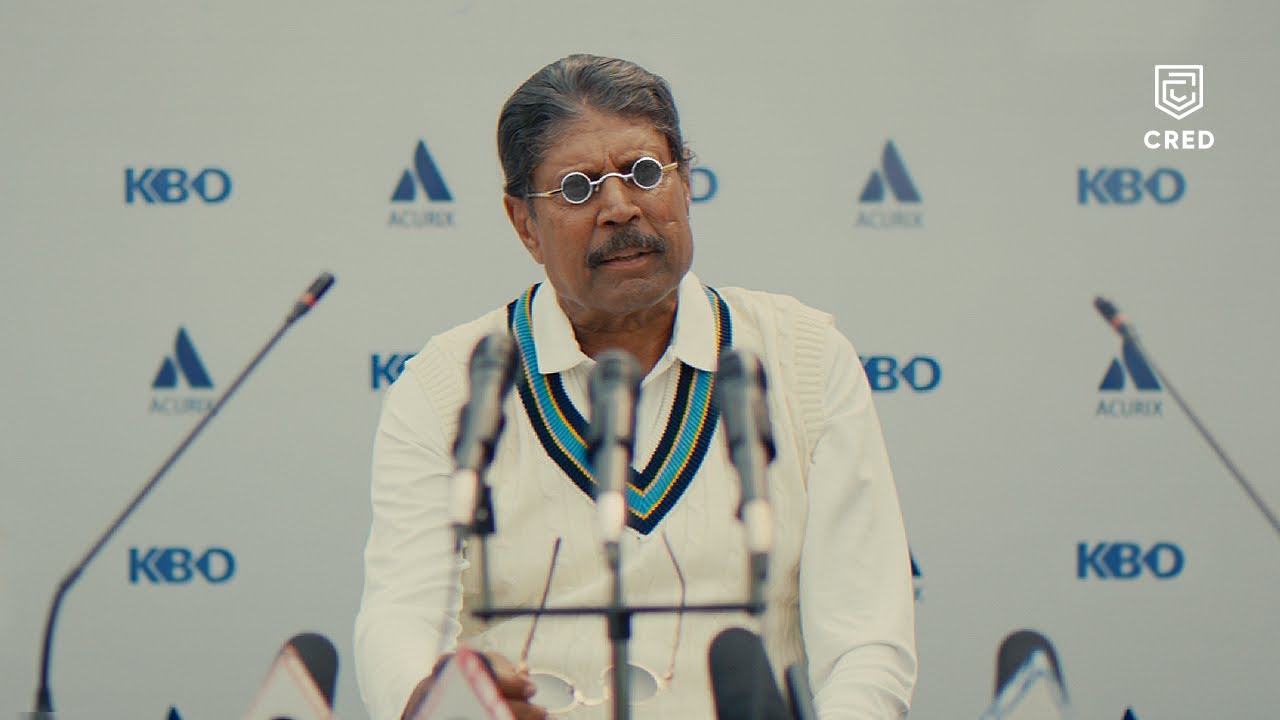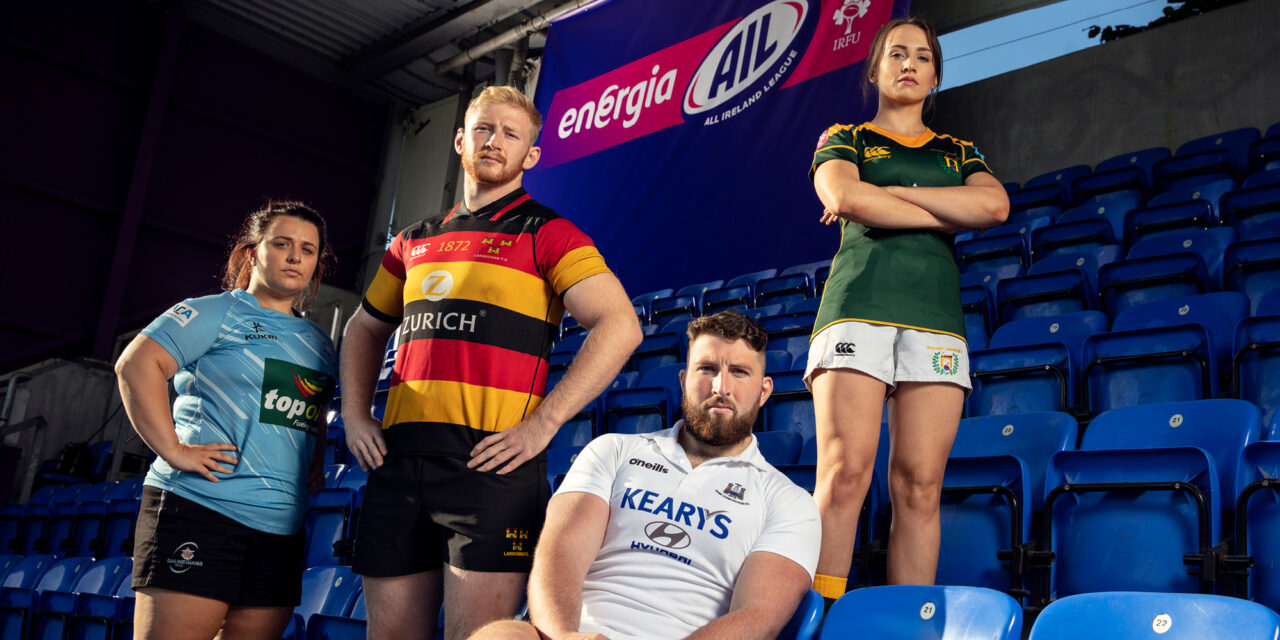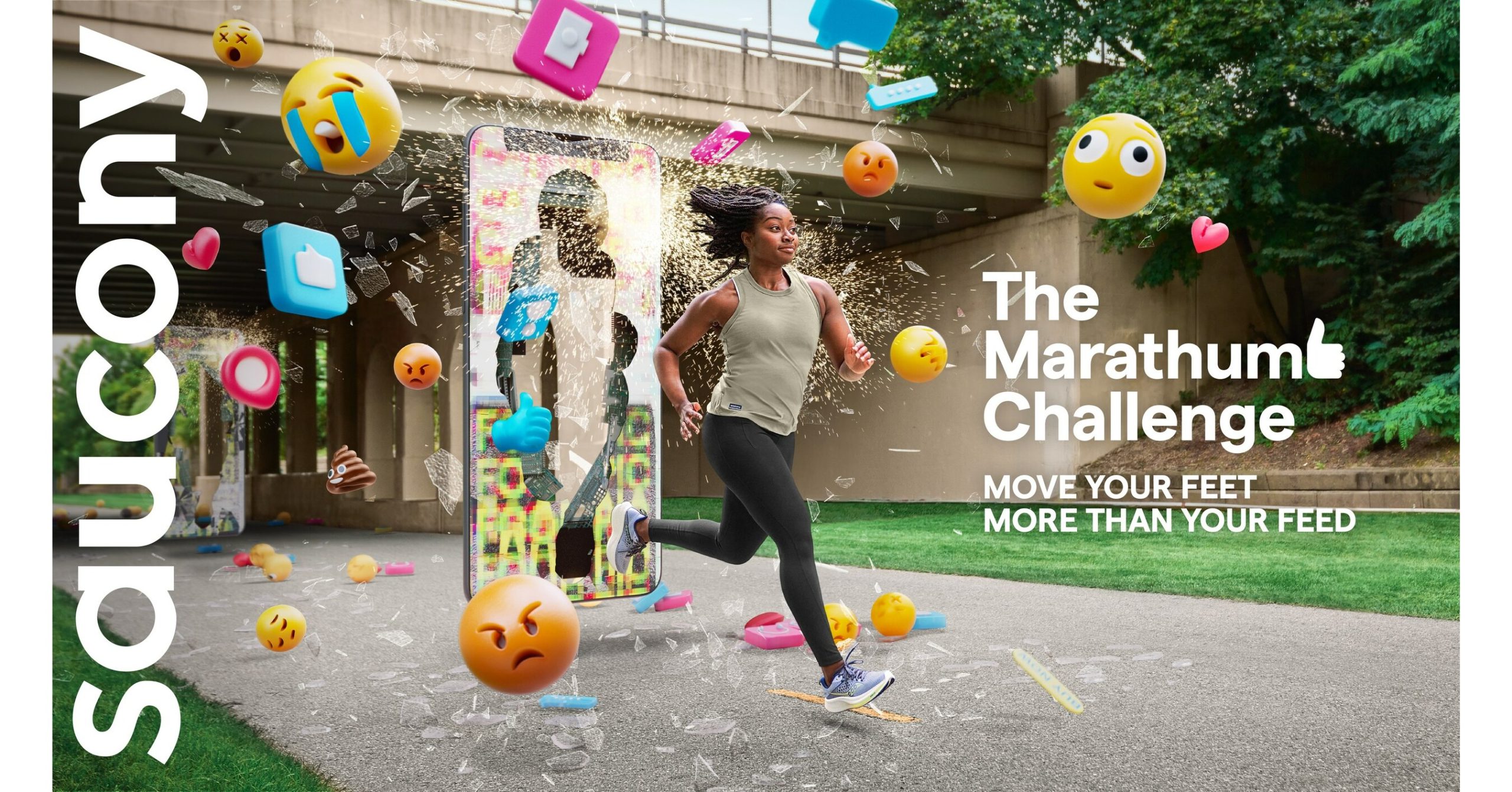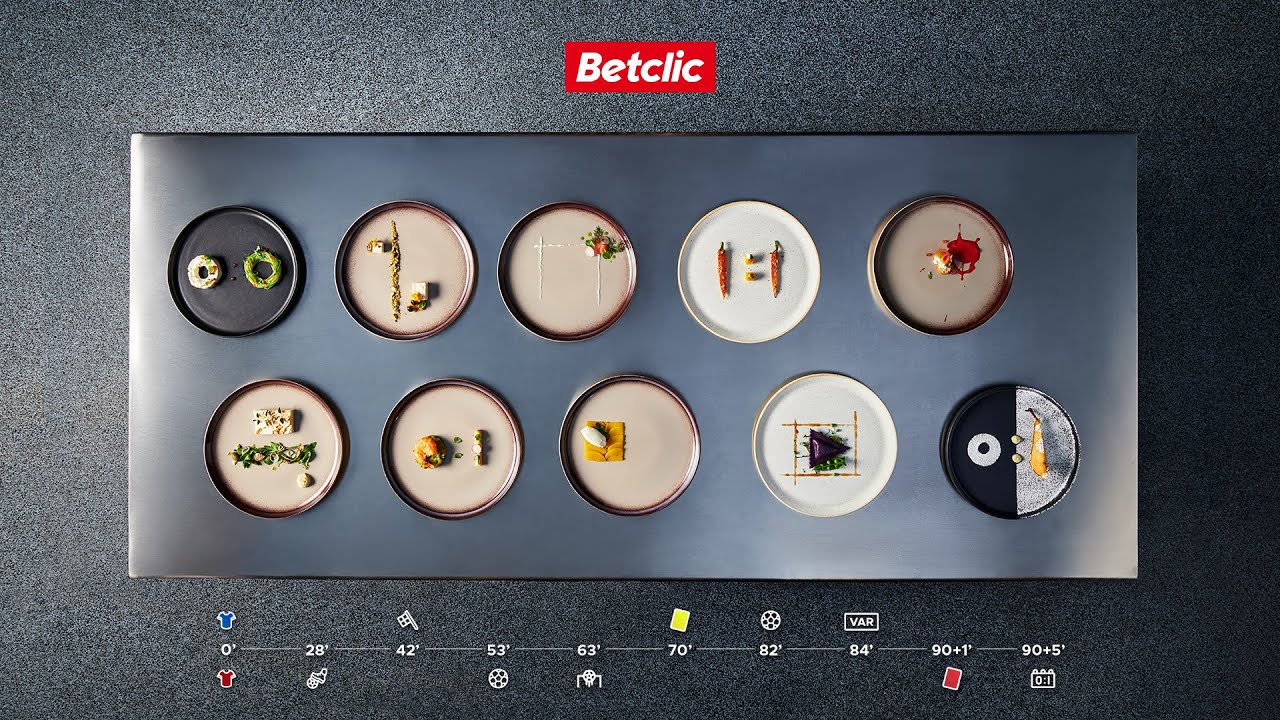Running guerrilla work around major sports properties isn’t a bottom-line driven tactical response to a direct competitor’s official sponsorship activation.
Indeed, it isn’t always about competitive marketing at all.
Or even sport for that matter.
Consider ice cream outfit Kibon’s Brazilian rooftop art project in a Rio favela – a project that surely even FIFA’s strict anti-ambush legislation isn’t designed to prevent?
It is a community-led cultural rooftop art show that is best viewed from the Santa Marta cable cars which run above the area and are backed and branded by Kibon in the form of the Unilever brand’s well known ice cream heart shaped logo.
The ‘Deu Na Telha’ exhibition uses the roofs of the dwellings in the Complexo do Alemão favela – which form 680 square metres of gallery space
The title of the show is a phrase which means ‘Hit The Target’, while the individual word ‘telha’ also means ‘canvas’.
The driving force behind the project for the brand is that the favela, home to 150,000 people and previously more well known for its street violence than its contemporary art, is traversed by a city cable car line which is sponsored by Kibon and which features Kibon kiosks in every station run by local favela residents..
Thus, the ice cream brand invited 10 local artists and an artistic collective called Coletivo Gráfico to co-create the roof artworks with the favela’s young people and run workshops.
Thus creating an exhibition which can best only/best seen from the Kibon branded cable cars and thus which attracts World Cup to the transport service and also provides a cultural project and legacy for the favela’s youngsters.
The initial exhibition – running from March to June – features 11 rooftop artworks inspired by the idea of ‘Happiness’.
A second display – from July through September – explores the nature of ‘Brazilianness’.
When the show is over, the intention is for local craftsman to transform the canvas into new design pieces.
Among the artists involved in the project are Mana Bernardes, Walter Goldfarb, Susana Anagua and Felipe Cardena.
Local photographer Bob Wolfenson is shooting and filming the project –and the art project is being covered across several social platforms including Kibon’s own Facebook page (which boasts five million fans), plus its Twitter feed and through the campaign hashtag #deunatelhaexpo.
Working with Kibon and the artists on the project is São Paulo’s Open and Partners, with production from Hungry Man (Brazil) and there is further support from Brazil’s Ministry of Culture.
Comment
Kibon’s drive behind the show was its belief that art shouldn’t be confined to the cold walls of exclusive galleries, but be something that is available to the wider community.
It aimed to explore a new way of using outdoor media and thus far, according to the brand, in terms of media metrics it has benefited from more than $1m in earned media through the project – not to mention the 240,000 exhibition visitors int eh first month and the 50% increase in tourists to the favela during that time.
This initiative not only drives awareness of the favela, but does so in a way that focuses on its positive points and cultural life rather than just on its social challenges.
Kibon began working on projects in the area back in 2011 when it first sponsored the cable cars that were built to connect the favela’s residents to the centre of the city and began a local employment initiative for its kiosks.
The brand followed this move up a year later in 2012 when it sponsored the area’s new cultural centre.
Little surprise then that Kibon has been voted the favorite brand of Rio residents for several years.
Links
Kibon Facebook
http://www.facebook.com/Kibonbr
Kibon Twitter
http://twitter.com/kibonbr
#deunatelhaexpo
Kibon Website

